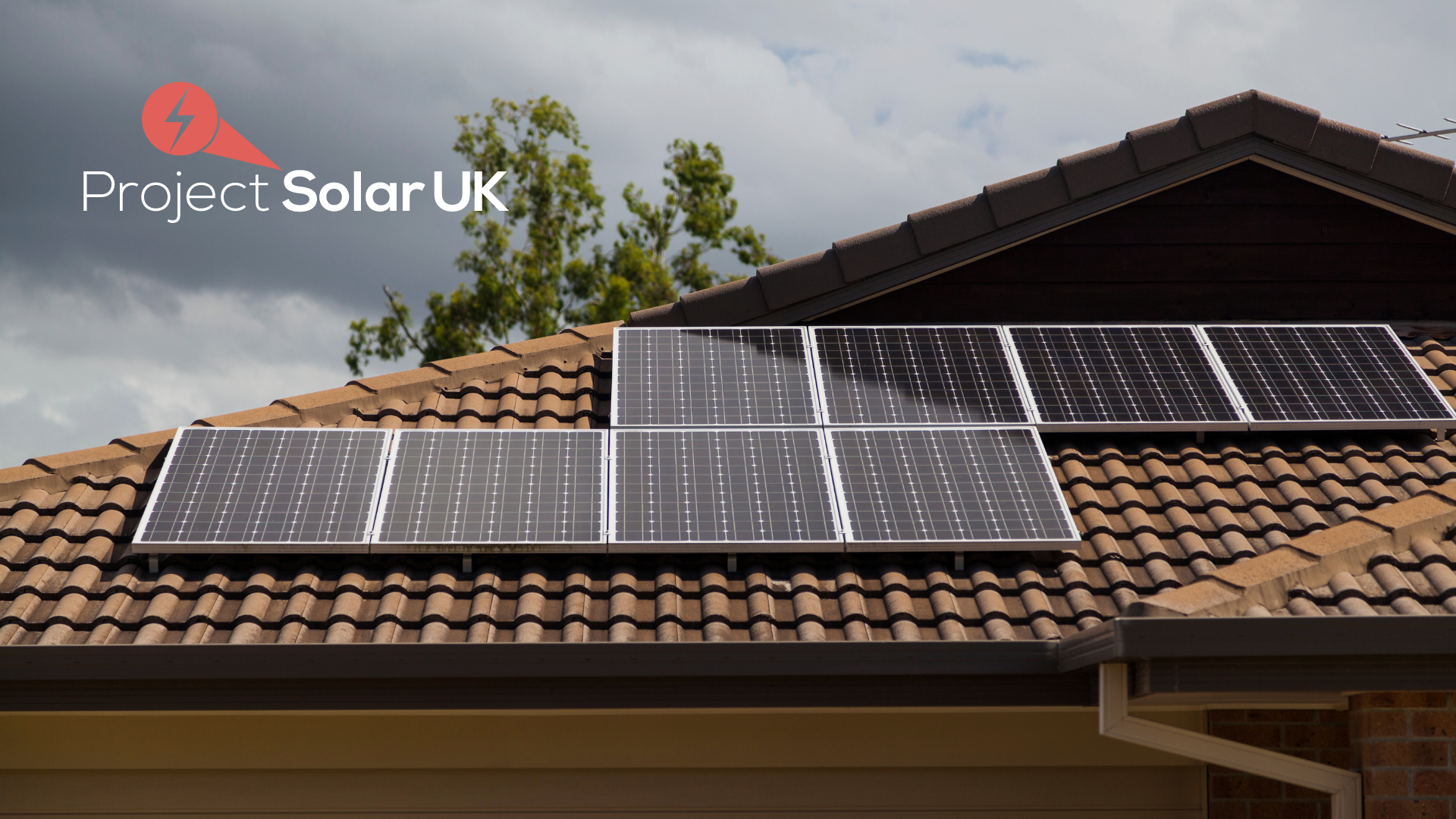
How Many Solar Panels Can I Connect to an Inverter?
Getting started with solar power can be a real journey of discovery, and for most people it involves researching and asking lots of questions before even taking the first step.
If you’re reading this, you’re probably already pretty committed to the idea of installing your own solar system (if you haven’t already).
But it might be that you’re now confronted with a minefield of information and very complex terminologies. It can be tricky to know what to make of it all.
That’s why we have decided to look at some of the most common questions related to solar inverters.
Many newcomers to solar energy are even unsure of what an inverter is and may have questions such as:
Why do I need a solar inverter?
How many solar panels can I connect to an inverter?
What size inverter do I need?
Can you connect an inverter directly to a solar panel?
Of course, it’s always best to ask your solar panel provider for advice if you want some in-depth, needs-specific answers. But as we’re here today let’s take a brief look at some of the answers to these questions.
When Do You Need An Inverter In Your Solar System?
If you have plans to generate your own electricity, and save some extra money in the process, then it’s a good idea to look into investing in a solar inverter.
First of all, an inverter is not strictly necessary in the solar energy generation process, but it can be useful to employ solar electricity in certain circumstances.
Solar inverters convert the DC voltage generated by solar panels and batteries into AC power for home appliances.
They are particularly useful in hybrid systems, where electricity supplements energy received from the grid.
They can also form part of non-hybrid systems that involve AC appliances.
Although they require an initial investment, modern inverters are very efficient so over the passage of time they will save you money.
As solar technology is developing so rapidly, finding panels compatible with older systems can be tricky. It’s best to talk to your solar panel provider for more advice. They should also be responsible for inverter installation to avoid nulling your solar panel warranty.
Can You Connect An Inverter Directly To A Solar Panel?
In theory, you can indeed connect an inverter directly to a solar panel, but usually it’s necessary to install a special inverter designed to handle voltage fluctuations and convert them into a steady stream of constant voltage.
This means using a solar charge controller and a battery, particularly for non-hybrid installations.
How Many Solar Panels Do I Need for a 3000 watt Inverter?
When answering the question ‘how many solar panels can I connect to an inverter’, we should first take a solid example.
Let’s take a look at a simple example which applies to any solar power system and any inverter setup.
There are, in fact, two ways to look at this.
The inverter watt capacity is equal to solar array size.
This is the most common way of thinking about solar inversion, and it’s pretty straightforward.
If you have a 3000 watt inverter, you connect it to a 3000 watt solar array. The number of solar panels that make that energy may vary, but the most important thing is that the inverter wattage matches the solar panel output.
This approach, however, does not account for solar panel energy losses. That’s why the second method of ‘overclocking’ exists.
Inverter undersizing or overclocking.
Overclocking means the system output will be determined by the inverter.
In order to calculate how many solar panels are necessary, take the inverter and multiply its capacity by 130%. The result will be the maximum solar panel array size.
With a 3000 watt inverter for example:
3000w x 130% = 3900w
That is, with a 3000w inverter you can install up to 3900 watts (3.9kw) of solar panel power.
Overclocking is a great way to avoid the possibility of voiding the inverter and solar panel warranty.
And if safety is your concern, the inverter will reduce the solar power output to a safe level.
What Size Inverter Do I Need for a 100 watt Solar Panel?
When it comes to choosing the right inverter for your solar panel, you need to take into account a few factors.
Finding the right inverter size is fairly easy. You just need to look at your monthly electricity bill and calculate your average energy usage. Add on an extra 10% of the total, and you’ll have discovered your ideal inverter size.
If you live in a very sunny area, undersizing inverters is probably not necessary. If you live in a less sunny area, oversizing is a good way to make the most of inverter capacity. Whether you are on or off the grid, it is always better to have more capacity than less.
The larger your solar array is, the more effective overclocking will be. But be sure to check the DC voltage input of the inverter, as the inverter is designed to operate within a specific temperature range.
As the temperature increases, it reduces the amount of energy a panel produces – on hot, sunny days, the voltage may be significantly reduced.
Specifications can vary so make sure to check the inverter before connecting any solar panel to it. Generally speaking, the inverter can handle 30% more power than the rated power.
If you decide that you want to add some more solar panels to your system, then look for those with at least a 20% efficiency rating.
Hopefully this information has resolved the question ‘how many solar panels can I connect to an inverter?’ If you’re still in any doubt about solar panels, inverters, and how to get started with solar, don’t hesitate to get in touch with our knowledgeable customer service team today.



